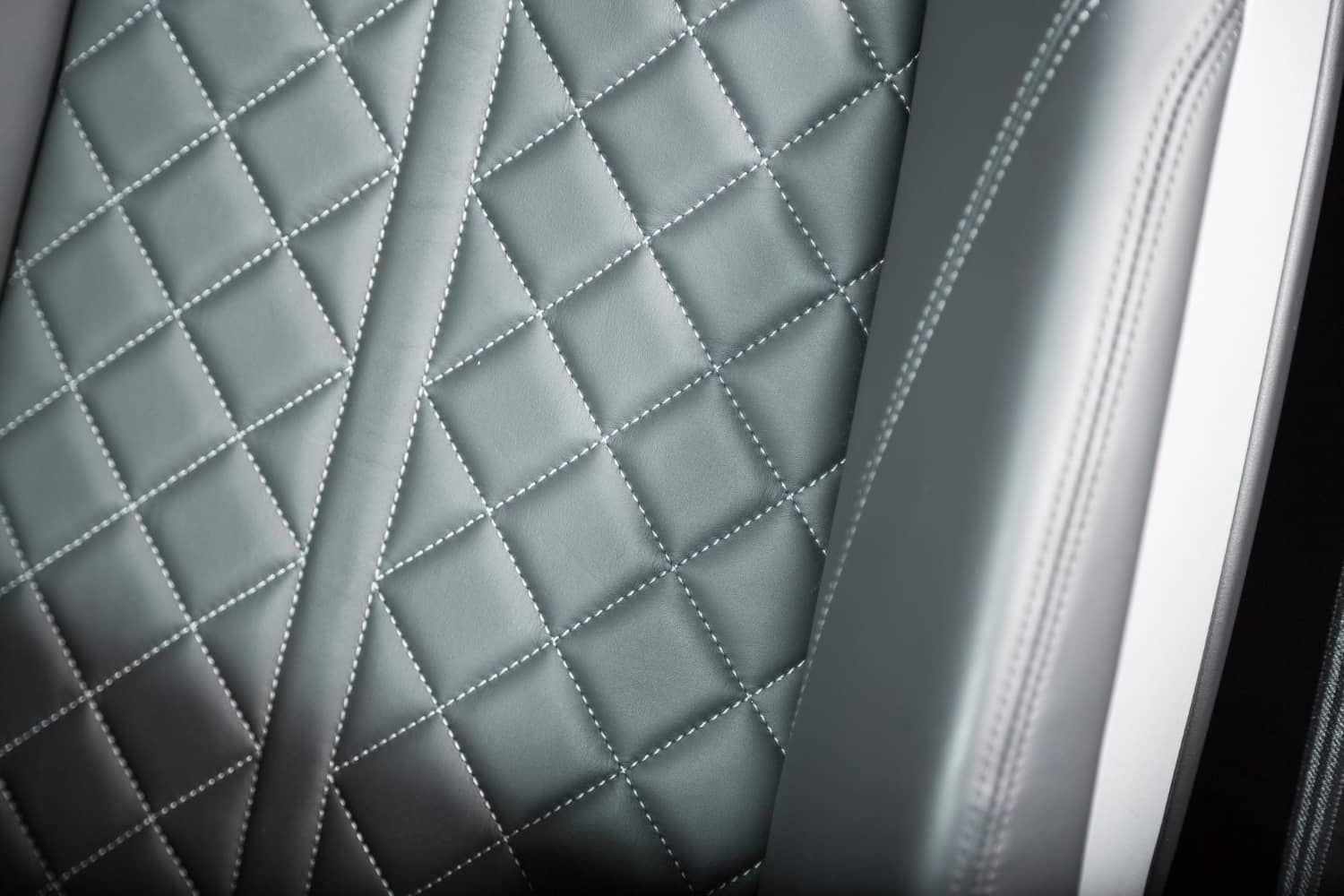Embroidery techniques: the art that dresses luxury
Embroidery is one of the oldest textile art forms, combining culture, tradition and design in a union that spans centuries of history. In the luxury sector, embroidery is synonymous with refinement and exclusivity. The ability to adapt traditional techniques to modern technologies has transformed this craft practice into a distinctive element for brands and companies. Let's discover together the main embroidery techniques that characterize the luxury scene.
Hand embroidery: tradition and exclusivity
Hand embroidery is the most traditional and valuable form of embroidery. Each stitch is carefully crafted, often using materials such as silk threads, gold, silver, and pearls. Some of the most celebrated techniques include:
- Cross stitch: ideal for geometric patterns and minute details, it is particularly valued for its precision.
- 3D embroidery: an embossed technique that gives depth and movement to motifs.
- Gold embroidery (Goldwork): used for regal decorations and lavish details, it employs fine metallic threads.
Despite its high cost and extended processing time, hand embroidery remains a preferred choice for unique and one-of-a-kind creations.
Machine embroidery: speed and perfection
With the advent of the industrial revolution, machine embroidery revolutionized the industry, making large-scale production possible without sacrificing quality. Industrial embroidery machines are equipped with advanced software that allows complex designs to be created with amazing precision.
- Flat embroidery: a classic technique that ensures uniform surfaces and precise details.
- Cordonet embroidery: employs thicker threads to create marked and defined lines.
- Laser cut embroidery: combines machine action with laser cutting to create unique effects and intricate details.
Machine embroidery is particularly valued for its ability to combine speed, uniformity and flexibility.
Advanced techniques: the future of embroidery in luxury
Embroidery techniques have evolved to meet the needs of an increasingly demanding market. Among the most significant innovations are:
- 3D embroidery: this technique uses materials such as foams and rigid threads to create raised patterns that break away from the surface. Perfect for formal gowns and luxury accessories.
- Digital embroidery: combines advanced software and state-of-the-art machines to create complex designs with unbeatable speed and accuracy.
- Combination embroidery: integrates embroidery, printing and other techniques for unique multi-sensory effects.
Fine materials: the secret of excellence
In luxury embroidery, the choice of materials is crucial. Silk threads, the highest quality cotton, metallic threads and precious beads are just some of the elements used. Each material is selected to ensure durability, aesthetics and a luxurious feel.
An iconic example is the use of Swarovski crystals in embroideries, which add brilliance and sophistication. Similarly, fabrics such as velvet and silk provide an ideal base for intricate and detailed embroidery.
The importance of sustainability
In the luxury industry, sustainability has become a must-have value. Embroidery companies are adopting eco-friendly materials and low-impact techniques to meet this growing demand. Embroidery on organic fabrics and the use of biodegradable threads are among the most popular solutions.
Applications in the luxury industry
Embroidery is not only decoration, but also a means of communicating brand value. Applications range across various sectors:
- Fashion: evening gowns, haute couture garments and exclusive accessories are often embellished with unique embroidery.
- Furniture: high-end pillows, curtains and upholstery take advantage of embroidery to create distinctive details.
- Leather goods: luxury handbags and shoes often include embroidery as an element of personalization.
- Automotive: the interior upholstery of luxury cars, such as leather seats and panels, are enhanced with custom embroidery to enhance their elegance and prestige.

The added value of custom embroidery
Customization is one of the strongest trends in the luxury sector. Embroidery makes it possible to create unique items customized with exclusive monograms, logos or designs. This level of detail is particularly appreciated by a discerning clientele looking for one-of-a-kind pieces.
Conclusion
Embroidery techniques continue to evolve, blending tradition and innovation to meet the needs of the luxury sector. Whether it is a hand-embroidered motif on an haute couture dress or a digital design on an exclusive accessory, embroidery remains a symbol of sophistication and craftsmanship. Companies that invest in this art can offer their customers a product capable of telling a unique story of detail, emotion and creativity.